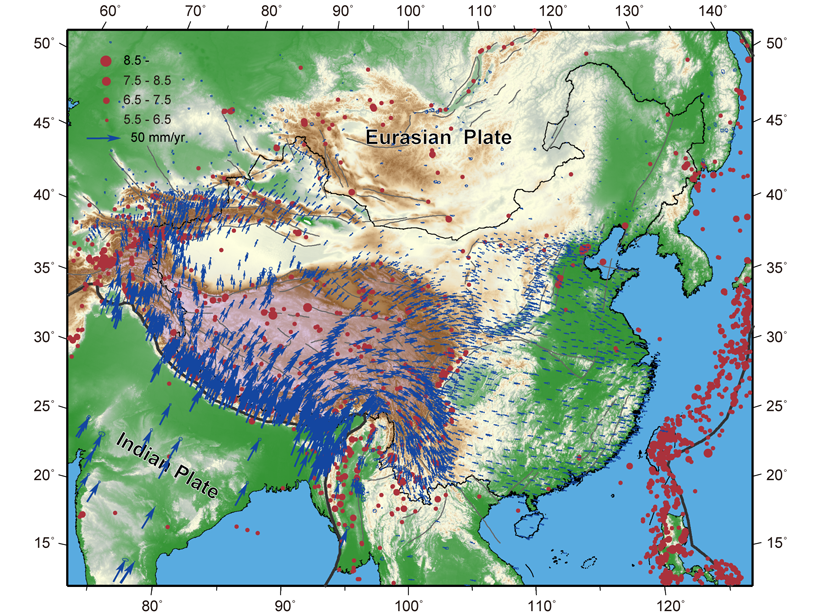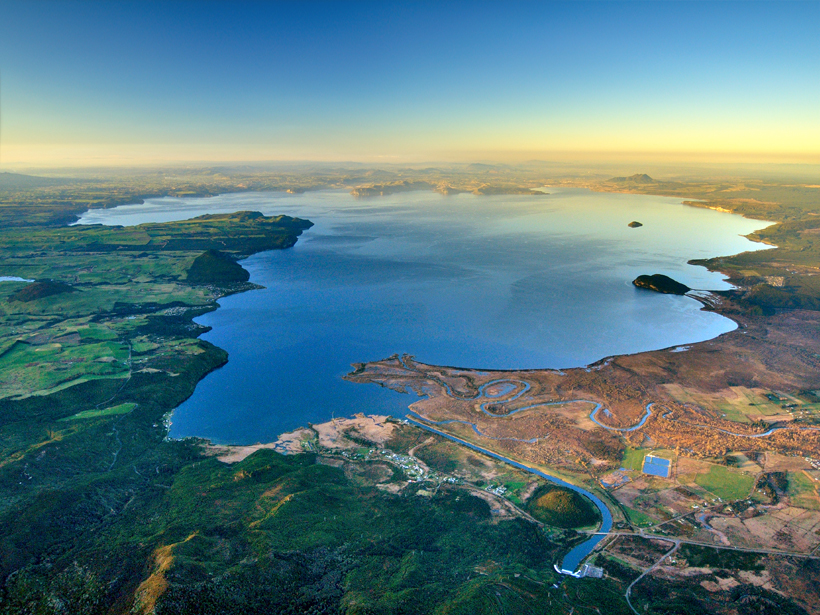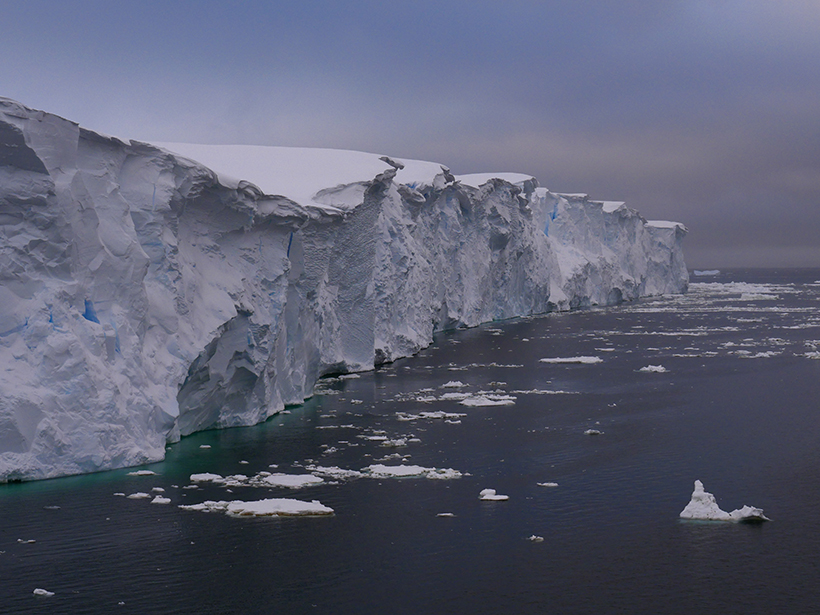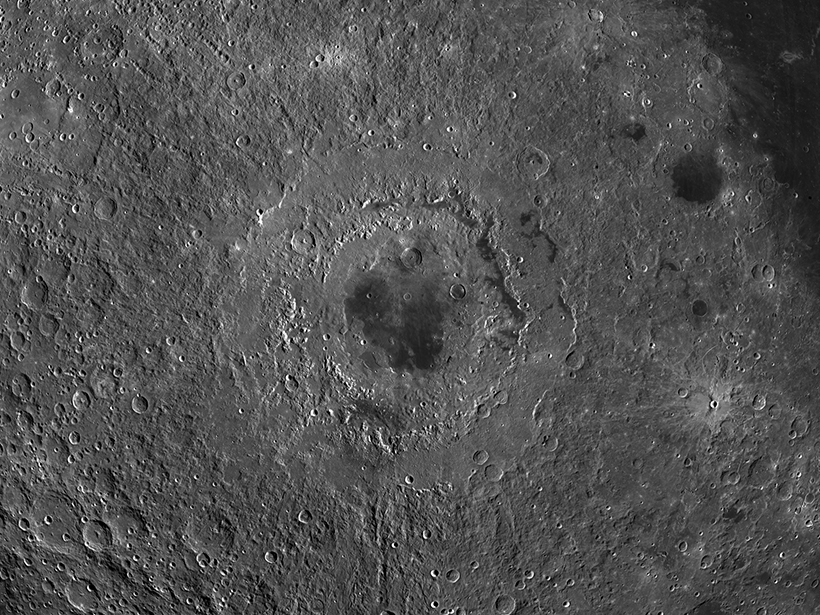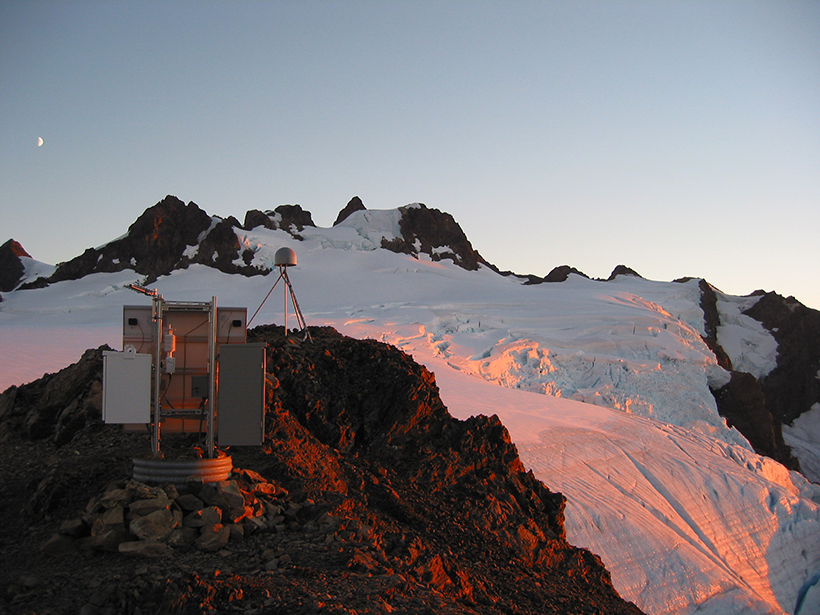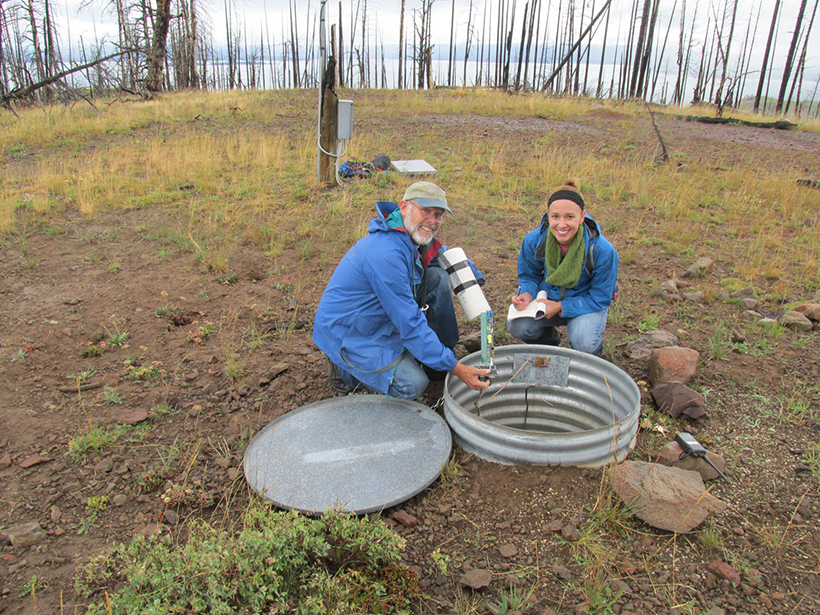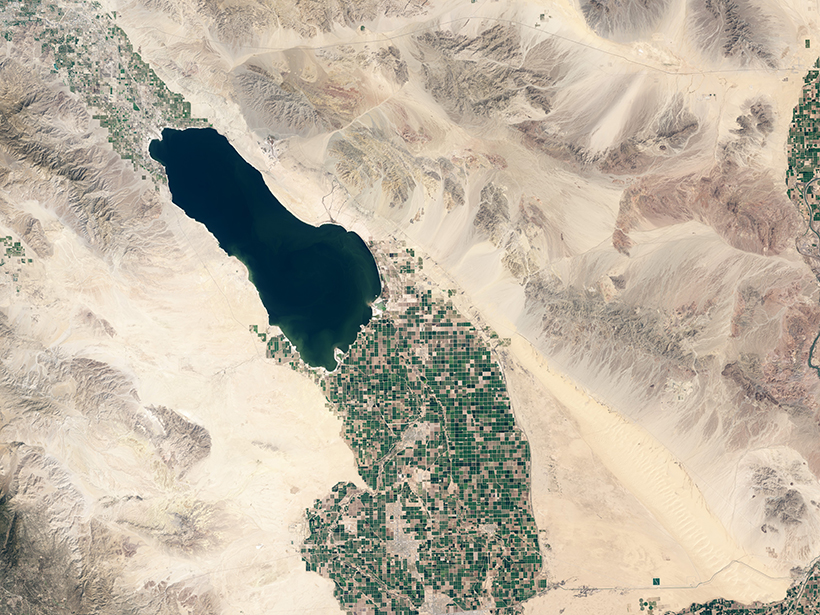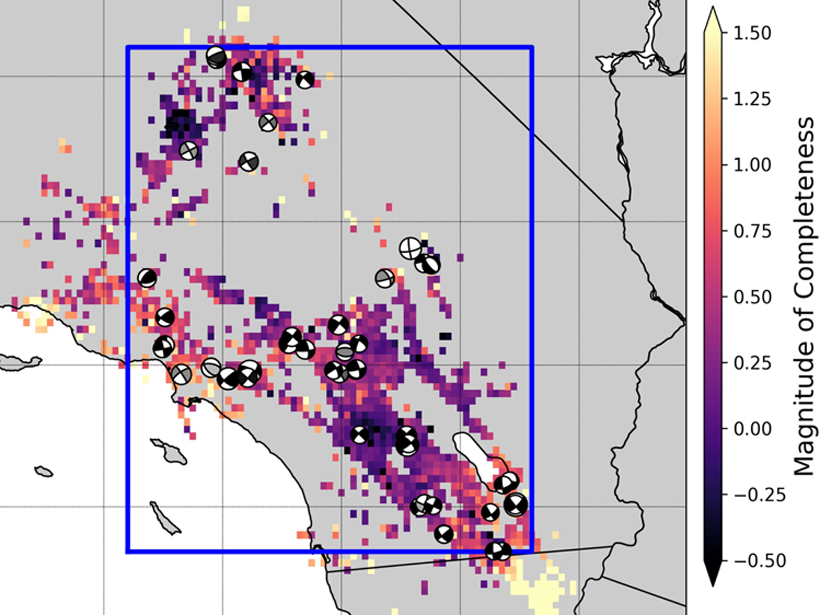Researchers used the largest GPS data set yet to examine deformation of the crust across continental China and its implications for tectonic activity.
seismology
Implications of a Supervolcano’s Seismicity
Last year’s rumblings beneath New Zealand’s Taupō supervolcano, the site of Earth’s most recent supereruption, lend new urgency to research and outreach efforts in the region.
Controlled Explosions Pave the Way for Thwaites Glacier Research
Scientists detonate explosives in West Texas to prepare for fieldwork in West Antarctica.
Rolling Rocks Reveal Recent Moonquakes
Using satellite images of the lunar surface, scientists find trails left by boulders shaken loose by seismic activity.
Seismic Sensors in Orbit
Navigation satellites are enabling high-precision, real-time tracking of ground displacements, supplementing traditional methods for monitoring and assessing earthquakes.
A Modern Manual for Marsquake Monitoring
Thanks to some extraordinary engineering, the InSight mission has led the new field of Martian seismology to the development of a new planetary magnitude scale in less than a year.
Could Seismic Networks Reveal Hard-to-Detect Nuclear Tests?
In the age of monitoring nuclear weapons testing, existing regional seismic networks may be a key to discovering small, undetected explosions around the world.
Exposing Los Angeles’s Shaky Geologic Underbelly
Current calculations might underestimate the susceptibility of Los Angeles to earthquake shaking, so researchers and volunteers are deploying seismic networks near the city to remedy a data shortage.
Distant Quake Triggered Slow Slip on Southern San Andreas
A high-resolution map of surface displacements indicates that the 2017 Chiapas earthquake caused substantial creep along a segment of the San Andreas Fault, located 3,000 kilometers away.
Most Southern California Mainshocks Follow Foreshocks
New research using a highly complete earthquake catalog shows that 72% of M4+ mainshocks are preceded by foreshocks, implying that foreshock activity is much more prevalent than previously thought.

